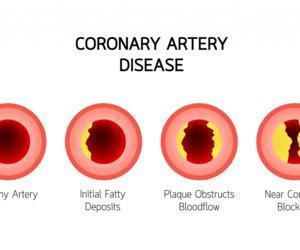“Do cardiac stents need to be replaced?”
I will get a heart stent. Do cardiac stents need to be replaced?
2 Answers
CardiacElectrophysiologistCardiology
Coronary stents cannot be replaced. The angiographic procedure where stents are deployed in the coronary arteries is called percutaneous intervention or PCI. This would include balloon angioplasty with or without stent placement. There are many nuances to interventions of coronary artery atherosclerotic plaques. The location of plaque (proximal stenosis are more clinically significant), percentage of obstruction of the artery ( >70% required for PCI) bifurcated lesions at side branches, consistency of the plaque (hard, calcified vs softer lipid-rich) length, angular plaque etc. stents we use today are really about 4th generation drug-eluting, to prevent early re-stenosis. PCI, in simplified terms, starts with an angioplasty wire threaded through the portion of the artery still patent. Then a balloon is placed over the wire at lesion location and inflated with a pressure-inflater to smash the plaque against the inner lining of the artery. The stent is then deployed in the same manner to maintain a patent, normal caliber artery. Patient is started on dual anti platelet therapy with low dose aspirin and either plavix, effient or bralinta. After 6 months, the intimal (inner lining of the artery) grows around the stent. The stent becomes part of the artery. So stents are never removed. They couldnt without tearing the artery. However, because the stents change flow patterns in the artery and cause turbulence, new plaque can develop in the stent or at the edges. We then place a new stent inside the previous
No, cardiac stents do not need to be replaced. Having said that, coronary artery disease may progress if lifestyle changes are not followed after a stent. You doctor may encourage you to alter your diet to lower your cholesterol and/or take a cholesterol lowering medicine (ie. a statin). In addition, you will be encouraged to quite smoking, make exercise a routine part of your life, and lose weight (if necessary). A small number of stents might develop scar tissue (in-stent restenosis). This scarring may require additional stents or the need for bypass surgery.





